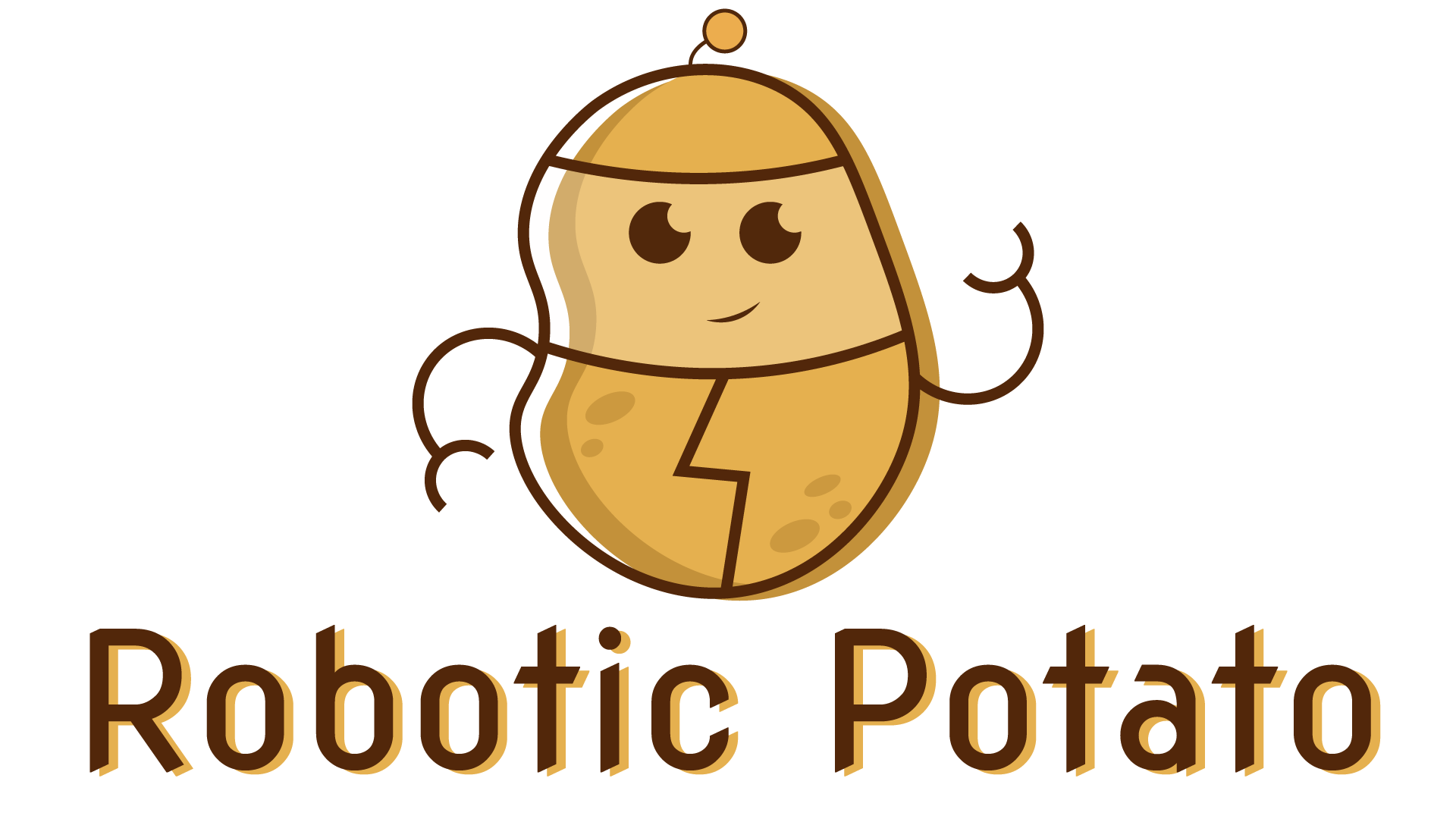As technology continues to advance, the world of writing has undergone a significant transformation with the emergence of artificial intelligence (AI) writing apps. These innovative tools have revolutionized the way we write, offering a range of features and capabilities that cater to both beginners and seasoned writers alike. From generating ideas and outlines to editing and proofreading, AI writing apps have made it easier than ever to produce high-quality content quickly and efficiently.

Best AI Writing Tools
We’ve reviewed numerous AI writing tools, and our team has compiled a list of the most effective ones.
- The Best AI Writing Tools:
- Content Blossom: A powerful AI writing assistant that helps with content generation, editing, and proofreading. Its advanced algorithms can analyze your writing style and suggest improvements to make your content more engaging and readable.
- Luminate: An AI-powered writing tool that offers real-time feedback on grammar, syntax, and style. It also includes a built-in thesaurus and dictionary to help you find the perfect words for your content.
- WordLift: A WordPress plugin that uses AI to optimize your content for search engines. It analyzes your articles and suggests relevant keywords, meta descriptions, and titles to improve your website’s visibility.
- ContentForge: A cloud-based AI writing platform that enables teams to collaborate on content creation. It includes features like automated content suggestions, real-time feedback, and version control.
- Other Notable Mentions:
- Language Tool: A free online writing tool that checks your text for grammar, style, and spelling errors. It’s a great resource for anyone looking to improve their writing skills.
- ProWritingAid: A comprehensive writing tool that offers grammar and spell checking, as well as suggestions for improving sentence structure and word choice.
When choosing the best AI writing tool for your needs, consider factors like ease of use, feature set, and pricing. Some tools may offer a free trial or basic plan, while others require a subscription or one-time payment.
Ultimately, the best AI writing tool is one that fits your unique writing style and goals. Experiment with different options to find the one that works best for you.
Top AI Apps for Writing
As a content creator, I’m always on the lookout for innovative tools to streamline my workflow and elevate my writing game.
- Grammarly: A powerful AI writing assistant that offers real-time grammar and spell checking, tone adjustment, and generative AI features. With Grammarly, I can create high-quality content quickly and efficiently.
- Lux.ai: An AI writing platform that helps me generate engaging headlines, summaries, and articles. Lux.ai uses advanced algorithms to analyze my writing style and suggest improvements.
- WordLift: An AI-powered writing tool that assists me in researching and organizing my content. WordLift integrates with WordPress and allows me to access a vast library of knowledge graphs and entities.
- Content Blossom: An AI writing assistant that helps me create high-quality content quickly and efficiently. Content Blossom uses machine learning algorithms to analyze my writing style and suggest improvements.
- Language Tool: A free online proofreading tool that checks my writing for grammar, style, and spelling errors. Language Tool is a valuable resource for anyone looking to improve their writing skills.
- ProWritingAid: An AI-powered writing tool that offers a range of features, including grammar and spell checking, sentence structure analysis, and style suggestions. ProWritingAid is a must-have for any serious writer.
I’ve found these AI apps to be incredibly useful in my writing process, and I highly recommend giving them a try. Whether you’re a seasoned writer or just starting out, these tools can help you take your writing to the next level.
Why Choose These AI Apps?
Each of these AI apps has its unique strengths and features, but they all share one common goal: to help you write better, faster, and more efficiently. By incorporating these tools into your writing routine, you’ll be able to:
- Improve your writing quality and accuracy
- Increase your productivity and efficiency
- Access a wealth of knowledge and resources
- Develop your writing style and voice
Conclusion
In conclusion, these AI apps are a game-changer for writers of all levels. By leveraging the power of artificial intelligence, you can take your writing to new heights and achieve your goals faster and more efficiently. Give them a try today and see the difference for yourself!

Is There a Free AI Writing App?
We’ve got you covered! As a tech enthusiast and digital tool reviewer, I’m excited to share my findings on the best free AI writing apps available.
- HubSpot’s Free AI Writer: With HubSpot’s free AI writer, businesses can quickly generate copy for various channels and programs. The AI-powered writing assistant is integrated into HubSpot’s marketing, sales, and content features, making it easy to create and edit copy within familiar tools.
- Language Tool: Language Tool is a free AI writing app that helps you improve grammar, spelling, and style in your writing. It supports multiple languages and offers a user-friendly interface for effortless editing.
- Grammarly’s Free Version: Grammarly’s free version is a powerful AI writing tool that checks grammar, punctuation, and spelling errors. While it’s not as feature-rich as its premium counterpart, it still offers impressive capabilities for basic writing needs.
- ProWritingAid’s Free Version: ProWritingAid’s free version is another excellent AI writing app that offers grammar, syntax, and style suggestions. Its comprehensive report helps you identify areas for improvement in your writing.
When choosing a free AI writing app, consider the following factors:
- Features**: Look for apps that offer the features you need, such as grammar checking, spell checking, and style suggestions.
- User Interface**: A user-friendly interface makes it easier to navigate and use the app effectively.
- Integration**: Consider apps that integrate with your existing workflow or tools, making it seamless to incorporate AI writing assistance.
- Support**: Check if the app offers reliable customer support, including documentation, tutorials, or community forums.
By considering these factors and exploring the options listed above, you’ll find the perfect free AI writing app to suit your needs and enhance your writing skills.
Additional Tips for Using Free AI Writing Apps
To get the most out of your free AI writing app, keep the following tips in mind:
- Read the documentation**: Familiarize yourself with the app’s features, settings, and usage guidelines.
- Experiment with different modes**: Try out various modes, such as grammar check, spell check, or style suggestions, to see what works best for your writing needs.
- Customize your settings**: Adjust the app’s settings to suit your preferences, such as language, tone, or style.
- Combine with human judgment**: Remember that AI writing tools are meant to assist, not replace human judgment. Review and edit your work carefully before finalizing it.
Conclusion
In conclusion, there are several excellent free AI writing apps available, each offering unique features and benefits. By considering your needs, exploring the options, and following our tips, you’ll find the perfect app to enhance your writing skills and streamline your creative process.

Is ChatGPT the Best AI for Writing?
As a seasoned writer and tech enthusiast, I’ve had the opportunity to explore various AI writing tools, and I’m excited to share my findings.
-
ChatGPT: A Comprehensive Review
-
Competitors to Consider
-
Copilot
-
ZDNET
-
Evaluating the Competition
Released in November 2022 by OpenAI, ChatGPT has gained significant attention for its advanced capabilities, including writing tasks such as composing emails, essays, resumes, and lists.
While ChatGPT stands out in many ways, there are other notable AI writing tools worth mentioning:
A popular choice among developers and writers, Copilot offers robust features for code completion, documentation, and even creative writing.
This AI-powered writing assistant excels in generating high-quality content, including articles, blog posts, and social media updates.
When comparing these AI writing tools, it’s essential to consider factors like ease of use, accuracy, and versatility.
-
ChatGPT’s Strengths
-
Copilot’s Advantages
-
ZDNET’s Unique Selling Points
ChatGPT’s ability to understand context and generate human-like responses makes it an excellent choice for writing tasks.
Copilot’s code completion feature and seamless integration with popular development platforms make it a top pick for developers.
ZDNET’s AI-powered content generation capabilities and user-friendly interface make it an attractive option for content creators.
Conclusion
In conclusion, while ChatGPT is an exceptional AI writing tool, it’s not the only game-changer in the market. By considering the strengths and weaknesses of each tool, you can choose the best fit for your writing needs.
At Robotic Potato, we’re committed to helping you navigate the world of AI writing tools and find the perfect solution for your content creation goals.
Is ChatGPT Free?
The free version of ChatGPT is available to everyone.
- The free version has limitations compared to paid plans, which offer additional features and access to GPT-4.
- Paid plans include Plus, Team, and Enterprise options, each with varying levels of functionality and support.
Key Features of Paid Plans:
- Plus Plan: Offers advanced features, increased conversation limits, and priority customer support.
- Team Plan: Designed for teams, providing collaborative features, custom branding, and dedicated support.
- Enterprise Plan: Tailored for large organizations, featuring advanced security, customization, and priority support.
Comparison with Competitors:
While ChatGPT offers a robust set of features, other AI-powered chatbots, such as Llama and LangChain, also provide competitive offerings.
These alternatives may have different pricing models, feature sets, and integration capabilities, making it essential to evaluate each option based on specific needs and requirements.
Conclusion:
In conclusion, while the free version of ChatGPT is available, upgrading to a paid plan can unlock additional features, increase conversation limits, and provide priority support.
When choosing between ChatGPT and its competitors, consider factors such as pricing, feature sets, and integration capabilities to determine the best fit for your specific needs.

What is the AI App Everyone is Using?
As we dive into the world of artificial intelligence, it’s hard not to wonder what AI app everyone is using.
- Google Maps: One of the most widely used AI apps is Google Maps, which utilizes AI to provide real-time traffic updates and route planning.
- Chatbots: Chatbots have become increasingly popular, allowing users to interact with businesses and services through conversational interfaces.
- Voice Assistants: Voice assistants like Siri, Alexa, and Google Assistant have revolutionized the way we interact with our devices, making it easier to access information and perform tasks.
- Virtual Assistants: Virtual assistants like Microsoft’s Cortana and Apple’s Siri have made it possible to manage our schedules, set reminders, and send messages with just our voices.
- Image Recognition Apps: Image recognition apps like Google Lens and Amazon Rekognition have enabled us to identify objects, people, and places with ease.
- Natural Language Processing (NLP): NLP has been integrated into various AI apps, enabling them to understand human language and respond accordingly.
- Machine Learning (ML): ML has been used to develop AI apps that can learn from user behavior and adapt to their needs.
- Deep Learning (DL): DL has been applied to various AI apps, enabling them to recognize patterns and make predictions based on large datasets.
Popular AI Apps
- Tesla Autopilot: Tesla’s Autopilot feature uses AI to enable semi-autonomous driving, making it safer and more convenient for drivers.
- Amazon Echo: Amazon’s Echo device uses AI to control smart home devices, play music, and answer questions.
- Microsoft Azure: Microsoft’s Azure platform offers a range of AI services, including machine learning, natural language processing, and computer vision.
- IBM Watson: IBM’s Watson platform uses AI to analyze large amounts of data, enabling businesses to make informed decisions.
- Facebook AI: Facebook’s AI team has developed various AI models, including those for image recognition, natural language processing, and speech recognition.
Conclusion
The AI app everyone is using depends on individual preferences and needs. From navigation and communication to entertainment and productivity, there are countless AI apps available to make our lives easier and more enjoyable.

0 Comments